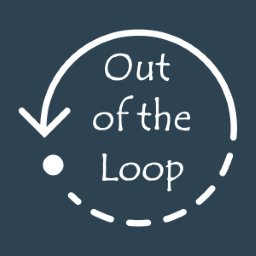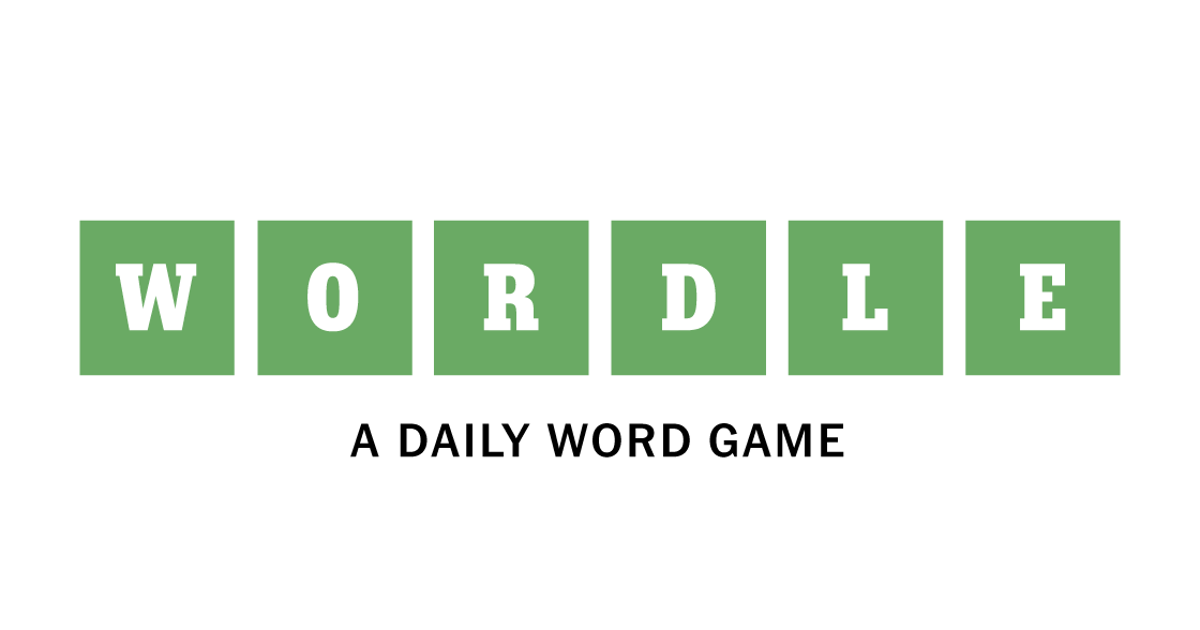

So is this adjusted for inflation? The word is not mentioned once in the article.
Using inflation calculators I get the following (used https://www.calculator.net/inflation-calculator.html and https://www.officialdata.org/us/inflation/; getting similar results)
- 1990s - $124,800 ($298,200 today)
- 2000s - $165,300 ($299,800 today)
- 2010s - $219,000 ($313,600 today)
- 2020s - $327,100 ($394,700 today)
- Now - $420,800
Looking at FRED economic data (https://fred.stlouisfed.org/series/MSPUS), it looks like thats where they got their figures. As far as I can tell is it not inflation adjusted. They have picked the Q4 results for each year as base for the 1 Jan.
When adjusted for inflation, the increase in value since the 1990s is much less AND the increase was biggest between 2010-2020.
Also on their own figures in the article; between 2020 and now the median price is up 28% without inflation adjustment, and 7% with. Compared to 1990 the median price corrected for inflation is up 40%, but the biggest jump is 2010-2020; it began 2020 32% above the 1990 price.
The point? House prices are up, but inflation has been uneven over that period, with a big spike recently - the dramatic figures in the article may not reflect the real story. According to the calculators from 2020 to 2024 the total inflation rate is 21.54%; equivalent to 4.7% a year. Inflation accounts for much more of the perceived price rise than the actual real value rise.
The problem with inflation is people only think about today’s inflation rate. Current US inflation is 3.5% but that is on top of last years inflation, and the year before that etc. So dramatic articles like this are really of dubious value.
EDIT: The article links to “analysis” by another website ResiClib. They do not seem to have looked at inflation at all either.















Aggressive capitalism coupled with user ignorance is the main issue. The advice still remains don’t install all this shit, but people growing uo with smartphones have bought in to this idea that it’s reasonable for Google to spy on your every move, so why not every other app?
So many users have no idea how their devices work - even an inkling - now what apps do, how to keep devices secure and private, and what happens with their data. Business has taken advantage of that - people want things to “just work” so business use that as a way to abuse users and make every app a trojan horse for data mining.
Even Google, Apple etc privacy settings are bullshit - they’re just figleafs of psuedo privacy that enable them as the platform makers to dictate the terms.
I switched away from Windows to Linux on PC, and I use FOSS alternatives on my Android device (even considering replacing android with FOSS system - difficult with some work essential apps unfortunately). But even if you stay on windows/android there are plenty of things users can do to protect themselves - they just don’t know how or worse can’t be bothered by the whole issue.